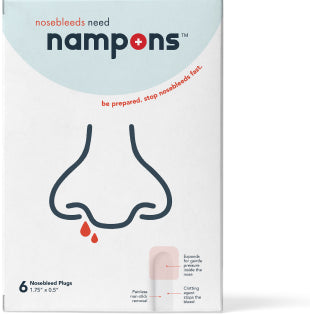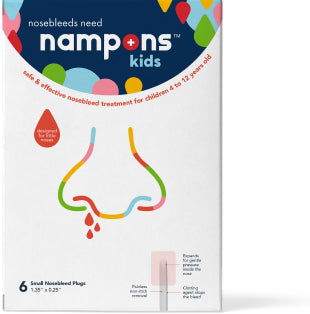If you suffer from regular nosebleeds, you may encounter a few unusual terms when you search your symptoms on Google or speak with our doctor. As with any medical terms, they’re often said with great confidence, as if they’re the most natural words in the world, and by the time the doctor finishes speaking, you’re left wondering if they were actually talking in English or somehow slipped into Latin and Greek halfway through.
But don’t worry, as the terms are actually quite simple and there are only a few that you need to learn, including:
Anterior Nosebleeds
An anterior nosebleed is caused by damage to the delicate blood vessels in the septum. It is rarely serious and usually doesn’t last for more than a few minutes. Nose picking is one of the most common causes, with the fingernail breaking the fragile blood vessels and causing a rupture.
Blood Thinners
There are two types of medication that fall under the “blood thinner” class: anticoagulants and antiplatelets. The former (including drugs like Warfarin and Heparin) help to prevent blood clots and the risks associated with them. The latter (including Aspirin) work toward the same goal by keeping platelets from sticking to one another.
These drugs don’t actually “thin” your blood, but rather they prevent blood clots from forming. One of the side effects of blood thinners is excessive bleeding, which is why they can cause problems in individuals who experience regular nosebleeds.
Epistaxis
Epistaxis is the medical term for a nosebleed. Like many medical terms, “Epistaxis” comes to us from Ancient Greek via New Latin. Επι or “epi” means “over” or “on” while “στάζω” means “to drip”.
Interestingly, the latter is also where we get the words “stalactite” and “stalagmite”, as they are formed by dripping water, and the former gives us words like epinephrine, which translates as “above the kidney”, in reference to the location of the adrenal gland.
Nasal Tampon
A nasal tampon is designed to stem the flow of blood in the nose. Nampons achieve this by gently expanding and absorbing the blood. They also contain a hypoallergenic clotting agent to stop the bleeding in just a few minutes.
Posterior Nosebleeds
A posterior nosebleed is caused by a rupture in the vessels that supply blood to the nose. It tends to be heavier and more problematic than an anterior nosebleed and may require emergency care if it continues for more than 15 minutes.
Septum and Deviated Septum
The septum is the “wall” that sits between your two nostrils. The cartilage divides the nostrils evenly and when there is unevenness, it’s known as a “deviated septum”.
A deviated septum can be present from birth, but the majority of cases are caused by trauma. In some instances, it won’t produce symptoms and will be mild enough for the individual to live normally. However, it can produce difficulty breathing and make them more prone to nosebleeds, sinus infections, and dryness.
Sinuses
The sinuses are hollow cavities in your skull. There are several different sinuses (Frontal, Ethmoid, Maxillary, Sphenoid) and they are all connected. They are lined with a soft tissue known as “mucosa” and they also have a layer of mucus.



